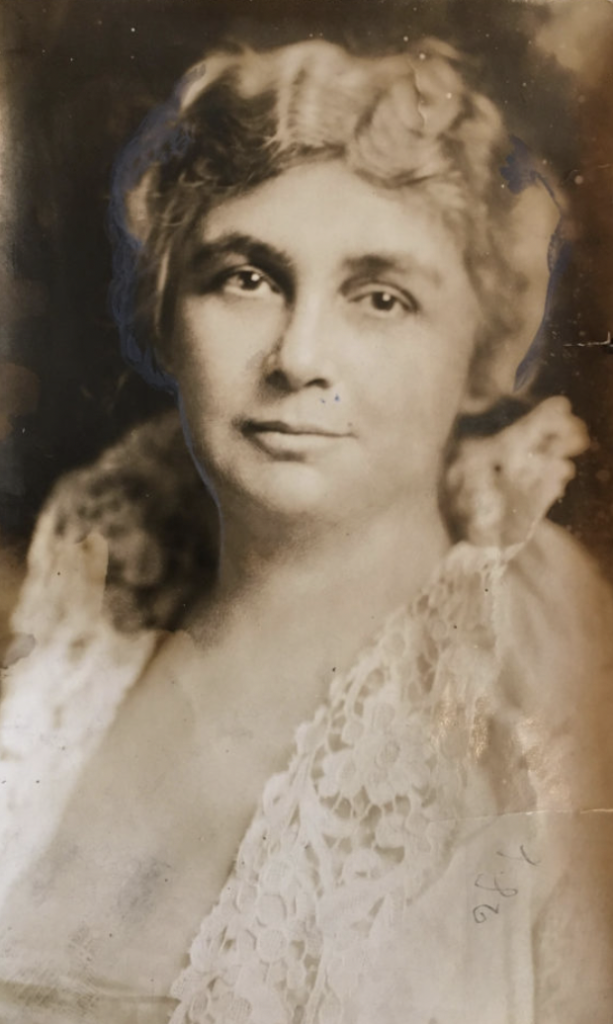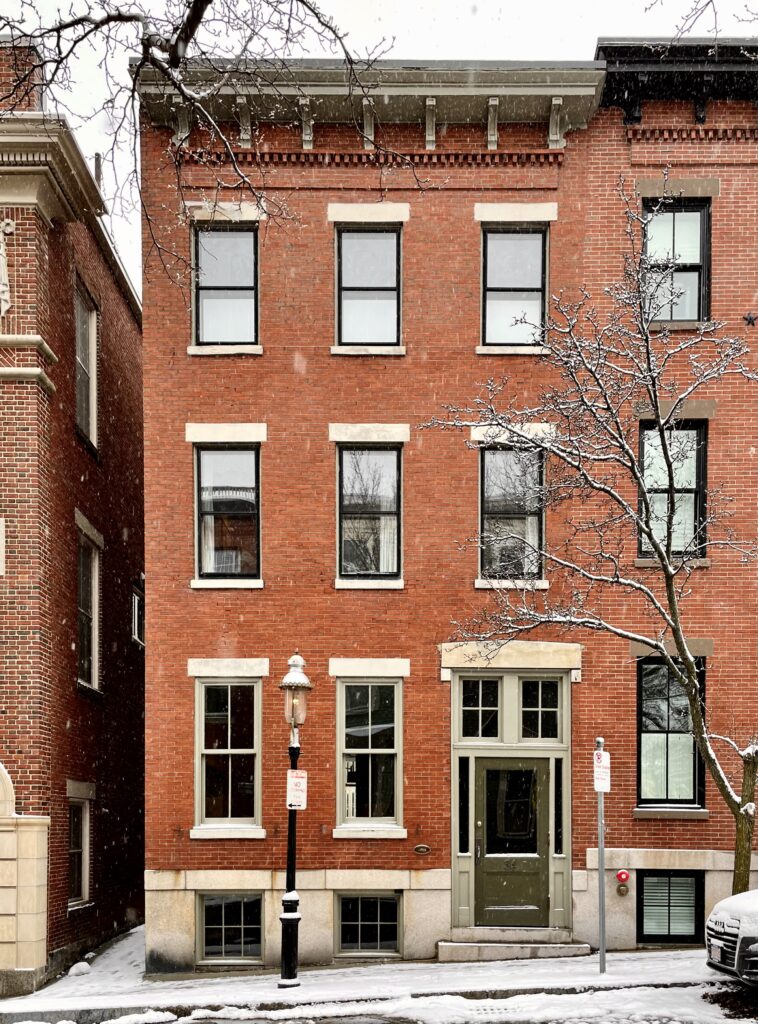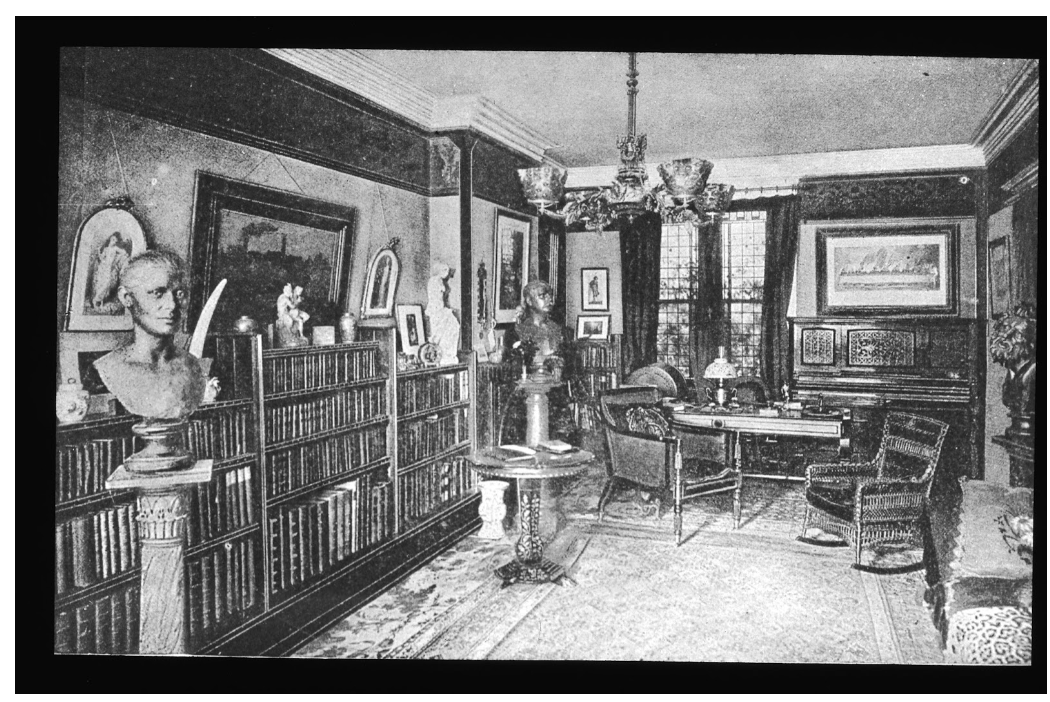


34 Winthrop Street was built in 1855, and is notable for its occupancy by one of Boston’s most famous Irish-American families composed of John Boyle O’Reilly, his wife, Mary Murphy, and their four daughters. All six led amazing lives of heroism, advocacy, leadership and literature that helped transform the city of Boston and the Nation.
John Boyle O’Reilly was born in 1844 in Dowth Castle, Ireland. His father was a headmaster and his mother was a descendant of famous Irish rebels. At nineteen, he enlisted in the British Army, even though he was already a member of the Fenian Movement – a part of the Irish Brotherhood. When his Fenian recruiting actions were uncovered by the British, he was charged and convicted of insurrection. He was sentenced and deported to a penal colony in Western Australia for 20 years.
In 1869, within two years of his sentencing, O’Reilly escaped on a US whaling ship The Gazelle that transported him to Philadelphia, Pennsylvania. He was the first man to ever escape a penal colony in Australia.
With help from many Irish organizations in the US that knew his history, he made his way through New York to ultimately settle in Charlestown, Massachusetts. In 1870, the country was in the midst of rapid transformation. Following the Civil War, westward expansion and industrialisation were underway, the American Indians were struggling to survive, the exploitation of immigrants, Chinese, Irish and Jewish immigrants in particular, and the ongoing oppression of Black Americans gripped the country that O’Reilly called his new home.
Charlestown was home to many Irish-Americans, attracted by the growth of the Navy Yard and the jobs that it offered. Charlestown’s population was 28,323 with 22% of the population composed of foreign-born residents, three-quarters of which were first generation Irish. At the turn of the twentieth century, it was Boston’s largest Irish neighborhood.
O’Reilly spent the next 20 years reconciling the city’s racial and ethnic factions who struggled against one another. He became editor and then owner of “The Pilot”, the leading Irish Catholic paper in America, using the paper to broaden his concern about the injustices suffered by not only the Irish but also Jewish, Native American, and African American citizens. He strongly disparaged the harsh treatment of laborers during America’s Industrial Revolution, reposting published “Irish need not apply” ads, and shaming the sponsors. Throughout his life he pursued freedom of Ireland from Britain. In 1885, O’Reilly delivered a thunderous speech in defense of the rights of Black citizens at Faneuil Hall before the “Massachusetts Colored League.” In his speech, O’Reilly proclaimed, “So long as American citizens and their children are excluded from schools, theaters, hotels, or common conveyances, there ought not to be among those who love justice and liberty any question of race, creed, or color… every heart that beats for humanity beats with the oppressed.”
In 1872 O’Reilly married Mary Murphy (b. May 5, 1850) of Charlestown, daughter of Irish parents John and Jane Murphy. Mary was a journalist, writing for the “Young Crusader” under the pen name Agnes Smiley. She also wrote a children’s column in “The Pilot.”
In 1875, John and Mary purchased the house at 34 Winthrop Street in Charlestown for $8,750.00. Originally built in 1855 by prolific developers Weston & Mason, it’s early owners had been Grenville Meers, an oil dealer, Sumner Flagg and Ashbett Wait.
John Boyle O’Reilly, age 46 died 10 Aug 1890 at his summer home in Hull, Massachusetts. His funeral in Charlestown at St. Mary’s was said at the time to be the largest funeral in Boston history. “The greatest of Irish-Americans” is dead, proclaimed his former publication, The Pilot. Mary O’Reilly age 47 died 22 November 1897.
The family retained ownership of the house at 34 Winthrop until 1902. John’s will left the house to wife Mary, and Mary’s will left the house and her estate to be divided by each of her four daughters equally, her wish was for all four daughters to live in the house together until they were married. Only one daughter ultimately married, and youngest daughter Blanid sold the house to Joanna E. Hartnett in 1902.
John and Mary raised four daughters in the Winthrop Street house, Mollie (Mary Boyle b. 1873), Eliza (Elizabeth Boyle b. 1874), Agnes (b. 1877), and Blanid (b. 1880). The four daughters were inspired by their parents’ work. Mollie (later known as Mary) worked as a Social Worker and journalist. Among her many accomplishments, she helped to found a settlement house in South Boston ‘The Guild of St. Elizabeth’. She was active in improving the conditions of lodging houses, the Women’s Educational and Industrial Unions, The Boston Public Library, the Tuberculosis Society, and the Massachusetts Conference of Charities. Mary was appointed to the State Prison Commission in Massachusetts in 1907, where she oversaw the conditions at children’s institutions, including reformatories and orphanages.
As an investigative journalist, Mary produced reform writings that exposed “baby farms” (Victorian-era “for-profit” orphanages) in New Hampshire, and working conditions of women and children in canneries. Her investigative techniques included dressing in disguise as a working class Irish woman named ‘Mamie Riley.’ She took a job in a cannery for six weeks in New York State and became a confidant of the poor women and children working there. Her investigation led her to testify before a congressional committee as an eye witness. She arrived at the hearing as Mary Boyle O’Reilly, then “removed her rich furs and sat down in a mahogany chair to face the committee as Mamie Riley” reading letter after painful letter relaying wretched and miserable working and living conditions. Her testimony led to a federal investigation.
Mary joined The Newspaper Enterprise Association in 1913 as a foreign correspondent working from the London office and traveled to both Russia and Mexico on assignment. In 1914, she conducted the first interview with French politician Joseph Caillaux after his wife confessed to killing a journalist. In 1915 King Haakon VII of Norway,, and in 1916 she interviewed Lady Ernest Shackleton about her husband’s missing expedition to Antarctica.
At a time when women in the U.S. were still fighting for their right to vote, Mary Boyle O’Reilly was on the frontlines of World War One as a fearless foreign correspondent. She wrote syndicated dispatches from England, France and Russia and engaged in relief work in those countries. She traveled to Belgium in disguise several times and at one time was a prisoner of the Germans. She wrote about the war for Harper’s Magazine, The Boston Pilot and the Boston Globe, bearing witness to the destruction of the city and murder of 50,000 people of Louvain, Belgium. She was reported to have been arrested in every country at war except for Serbia because she hadn’t yet been.
When she returned to the US in 1917 she continued to raise funds for relief efforts as a lecturer and journalist. She reported on how the United States was guarding its coast by taking a flight over the Chesapeake Bay with the U.S. Coast Guard. She was one of the many figures continuing to work on maintaining peace in the post war years by comparing her personal experiences with those of the global impressions of the war. Coming from strong Boston Irish roots, she observed in her writings how the British empire pushed its Irish sons onto the frontlines and while Ireland was on the edge of its own civil struggle against the British. Mary O’Reilly worried that British propaganda originally intended to coax the US into the war would lead to the implementation of punitive peace that many believed would aggravate the high tensions of the post-war nations. Her published articles exposed ‘The Fakes’ of British propaganda that disproved myths about atrocities committed by German soldiers while ignoring the British blockades and food seizures that resulted in the starvation of German and Indian civilians. The consequences of these actions, she explained, was the death of over 20 million German and Indian civilians.
Mary died at her home on Islington Road in Auburndale, Massachusetts in 1939 at 66 years of age.
Further research on John and Mary’s three youngest daughters is needed. Preliminary research shows that each of the daughters were active in their own social work pursuits. Eliza traveled and served in Europe during World War One and was wrongly committed to an insane asylum outside of Boston, her writings exposed the atrocities committed against its committed people. Agnes married William E. Hocking, a philosopher that taught at Berkeley, Yale and Harvard. Agnes started an ‘open-air’ school at their home in Cambridge near Harvard Square which served as the foundations for the Shady Hill School, active today. William and Agnes’s daughter Hester answered the call from civil rights leaders in St. Augustine Florida by traveling to the city for a sit-in protest at a segregated Woolworth’s lunch counter in 1964 and was arrested with 3 other prominent Boston women. The protest was front page national news on April 1, 1964 and resulted in international attention.
A memorial to patriarch John Boyle O’Reilly was commissioned, with his friend Daniel Chester French commissioned to complete the work. The 23rd Vice President Adlai Stevenson along with hundreds of Bostonians, attended the official unveiling on June 20, 1896. French’s monument to John Boyle O’Reilly features a large bronze bust of O’Reilly on one side. On the reverse is a sculpture of Erin (representing Ireland), who is weaving a wreath and is flanked by her two sons, Poetry and Patriotism. The figures are placed in front of a backdrop composed of a Celtic cross and Celtic knots carved into the stone.
The O’ReillyMemorial is located in Boston’s Fens at the intersection of Boylston and Fenway Streets, and is part of Boston’s Irish Heritage Trail.
In 1988 the city of Boston dedicated a marker to John Boyle O’Reilly in Charlestown at Austin and Main Streets. City Square Park in Charlestown honors O’Reilly with an inscription and bronze medallion. Tributes to him are also located in Dowth, Ireland, where he was born, and in the Leschenault Peninsula Conservation Park near Bunbury, Western Australia, the launch point of his great escape. Daughter Mary’s papers are archived at the Boston Public Library and at Boston College. She has a street named after her “Mary Boyle Way” in South Boston.
CLICK HERE to download the PDF.

Cutler, Wolcott. “Interior of John Boyle O’Reilly home.” Photograph. [ca. 1850–1925]. Digital Commonwealth, https://ark.digitalcommonwealth.org/ark:/50959/8k71p075t (accessed March 27, 2023).
COMMENTS
There aren't any comments yet.
Comments are closed.
